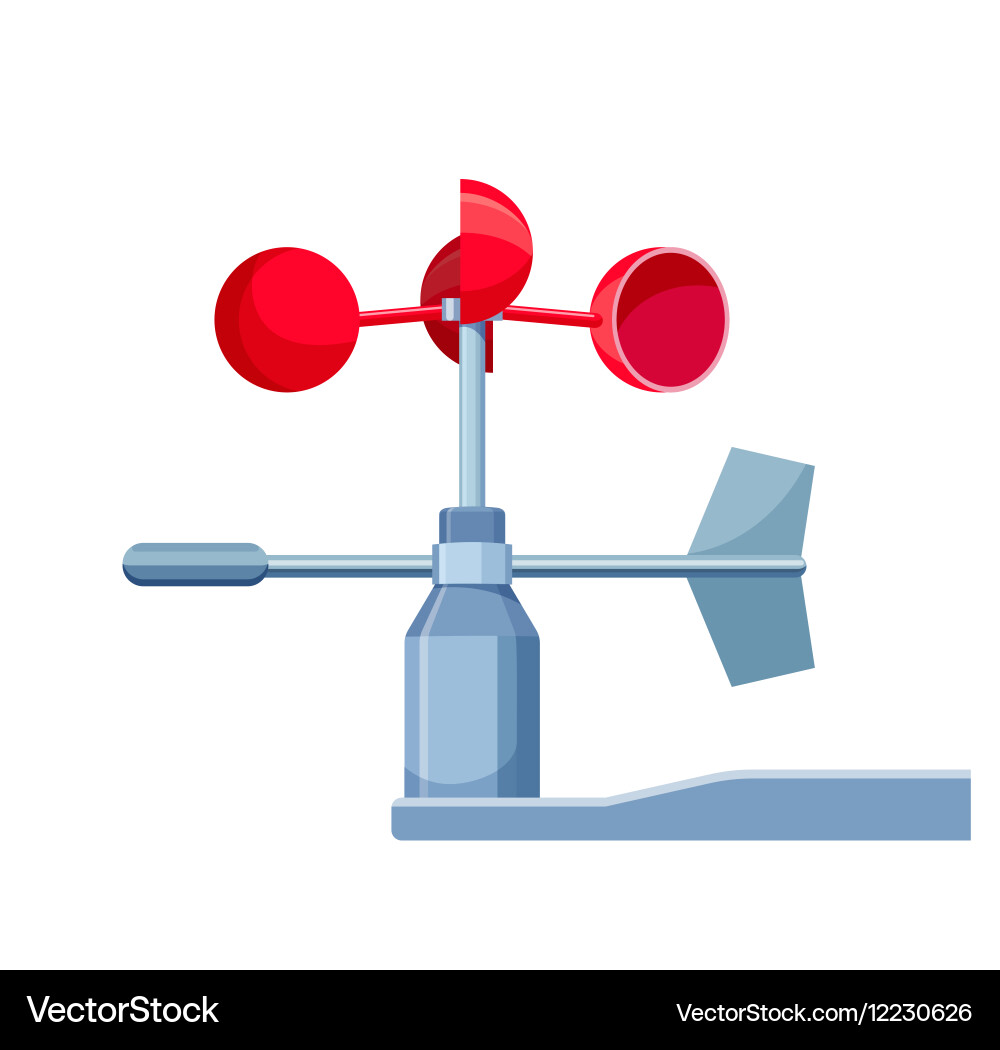How to Keep and Look After Your Anemometer to Make Certain Long Life
How to Keep and Look After Your Anemometer to Make Certain Long Life
Blog Article
Checking Out the Features and Benefits of Anemometers for Weather Condition Lovers and Specialists
From mug anemometers to sonic anemometers, each type brings its distinct collection of applications and advantages, losing light on numerous elements of atmospheric problems. As we dive into the functions and benefits of anemometers, a deeper understanding arises not only of dominating weather condition phenomena yet additionally of the wider implications for sectors like wind power manufacturing and ecological research study.
Value of Anemometers in Weather Surveillance
Anemometers play an important function in climate surveillance by supplying exact dimensions of wind rate, aiding in forecasting and understanding weather condition patterns. These tools, varying from conventional mug anemometers to modern-day ultrasonic anemometers, are essential for meteorologists, researchers, and weather lovers alike.

Kinds Of Anemometers and Their Applications
The most typical kinds of anemometers consist of mug anemometers, vane anemometers, hot-wire anemometers, and ultrasonic anemometers. Mug anemometers are composed of 3 or 4 mugs installed on horizontal arms that turn with the wind, gauging its speed. Vane anemometers, on the various other hand, make use of an easily turning vane to line up with the wind direction, providing both wind speed and instructions measurements.
Mug anemometers are ideal and durable for basic climate monitoring, while vane anemometers are favored for directional dimensions. Ultrasonic anemometers are non-intrusive and use high precision, frequently used in research study and specialized weather condition tracking applications.
Benefits of Making Use Of Anemometers in Forecasting
In weather forecasting, the use of anemometers supplies important advantages for improving the precision of weather condition projecting. Anemometers determine wind speed and direction, offering vital information for predicting weather condition patterns. By integrating wind data into projecting versions, meteorologists can much better comprehend the movement of weather systems, prepare for adjustments in weather, and issue more specific forecasts.
Furthermore, anemometers play a vital duty in assessing possible weather condition risks. Keeping track of wind rates helps forecasters forecast serious weather occasions such as cyclones, tornadoes, and winter season tornados with higher precision. This early warning system makes it possible for authorities to issue prompt signals and carry out helpful hints required safety and security procedures, decreasing the threats to life and building.
Furthermore, anemometers help in optimizing renewable resource manufacturing. By evaluating wind patterns, meteorologists can identify appropriate areas for wind farms and anticipate power output, adding to the efficient generation of wind power.

Anemometers in Wind Energy Production
Given the essential role anemometers play in supplying exact wind information for weather condition forecasting and risk evaluation, their significance includes the world of wind power manufacturing. Anemometers are essential tools in the area of wind energy, where the measurement of wind speed and instructions is essential for figuring out the expediency and performance of wind turbine installments. By accurately gauging wind rates at varying heights, anemometers assist maximize the positioning and layout of wind generators to optimize power result.
In wind ranches, anemometers are purposefully positioned to accumulate real-time wind information that is utilized to evaluate the prospective energy production of a site. This data is important in identifying the financial practicality of wind energy projects and in projecting energy generation to ensure grid stability. Additionally, anemometers help in monitoring wind problems to maximize wind turbine performance, avoid damage from high winds, and make certain the safety and security of workers check it out operating in the vicinity of wind generators.
Enhancing Climate Comprehending With Anemometers

Anemometers play a vital duty in improving our understanding of microclimates. These local climate condition can differ significantly from broader local projections, making it necessary to have accurate information for certain areas. anemometer. By strategically placing anemometers in various locations, scientists can collect in-depth info on just how wind acts in different surfaces, urban atmospheres, or bodies of water
In addition, anemometers add to enhancing weather forecasting models by offering real-time information on wind actions. This details is especially important for predicting extreme climate events, enhancing farming methods, and sustaining markets like air travel and Click Here maritime navigating. On the whole, anemometers are invaluable tools that allow us to dive deeper right into the intricacies of weather systems, inevitably causing more better-informed decisions and exact predictions.
Conclusion
In final thought, anemometers play an important duty in weather tracking and projecting by gauging wind rate and direction. Anemometers also have applications in wind energy manufacturing, more highlighting their importance in both weather forecasting and eco-friendly energy industries.
From mug anemometers to sonic anemometers, each kind brings its distinct set of applications and benefits, shedding light on different facets of atmospheric conditions. These instruments, ranging from typical cup anemometers to modern ultrasonic anemometers, are necessary for meteorologists, scientists, and climate enthusiasts alike. The most typical kinds of anemometers include cup anemometers, vane anemometers, hot-wire anemometers, and ultrasonic anemometers. Mug anemometers are robust and appropriate for basic weather condition tracking, while vane anemometers are favored for directional measurements. Anemometers are necessary tools in the area of wind power, where the dimension of wind rate and instructions is essential for determining the usefulness and efficiency of wind turbine setups.
Report this page